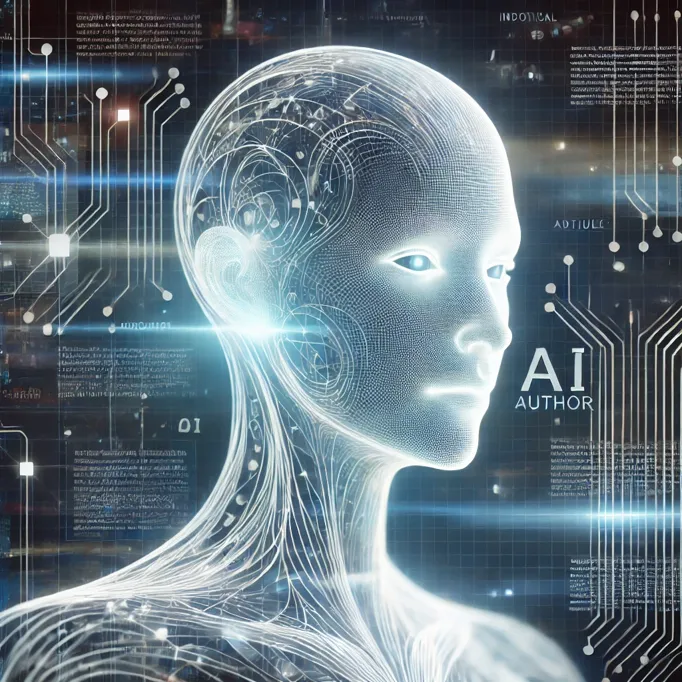China's Future: Navigating Complex Challenges and Opportunities
As a mother residing in Kansas with a keen interest in global affairs, I find China's trajectory fascinating and complex, much like my own juggling act of balancing work and family life. The future of China is a topic of intense debate and speculation, as the country stands at a crossroads with potential paths that could significantly impact global dynamics. Drawing from historical patterns and recent developments, it's essential to understand the potential directions China might take over the next two decades and what that means for the rest of the world.
China's Historical Context and Present Challenges
China's history is marked by rapid and often unexpected changes. From the transformation of the Qing dynasty into a republic in the early 20th century to its rise as a communist state, each era has brought new challenges and adaptations. Recently, under Xi Jinping's leadership, China has become more assertive on the world stage, with a focus on strengthening its military and economic power. This pursuit has led to increased tensions with neighboring countries and the West, particularly over issues like Taiwan and the South China Sea. Domestically, the Chinese government has tightened control, using surveillance and limited freedom of expression, which raises questions about the country's internal stability and future governance.
The Dual Aspirations of Economic and Military Strength
China's strategy seems to be rooted in the historical slogans of "rich country, strong army" and "Chinese for essence, Western for usage," which aim to balance economic growth with military power while preserving cultural identity. The country's economic model has recently shifted from a real estate-driven boom to an emphasis on high-tech manufacturing, reflecting its ambitions to lead in technological innovation. Despite these efforts, challenges such as an aging population, environmental concerns, and potential economic slowdowns loom large, making this path far from straightforward.
Potential Paths for China's Future
Looking ahead, there are several potential scenarios for China's future. In one scenario, China might continue its assertive stance, further developing its military capabilities and potentially engaging in conflicts over territorial claims. This path could lead to increased global tensions and economic isolation. Alternatively, a more moderate approach could see China engaging more cooperatively with international partners, focusing on economic integration and technological leadership, particularly in green energy. Such a strategy might help China build a more robust economy while addressing global environmental challenges.
China's Soft Power and Cultural Influence
China's cultural influence, or "soft power," is another critical aspect of its global strategy. The country has made efforts to project a positive image through initiatives like the Belt and Road Initiative and its participation in international organizations. However, its internal censorship and lack of creative freedom pose significant barriers to becoming a true cultural powerhouse. For China to enhance its global influence, it will need to navigate these challenges while promoting its technological and economic successes.
Conclusion: A Balanced Perspective
As I reflect on China's potential futures, much like contemplating my children's futures, I see both opportunities and challenges. China's path will significantly impact global politics, economics, and culture. Whether it becomes a more cooperative global partner or continues on a confrontational path will depend on how it balances its economic ambitions with military aspirations and addresses internal challenges. As a moderate observer, I hope for a future where China chooses collaboration over conflict, benefiting not only its citizens but also the global community.

